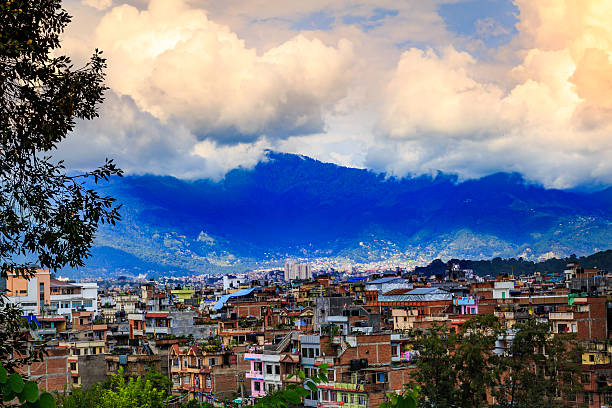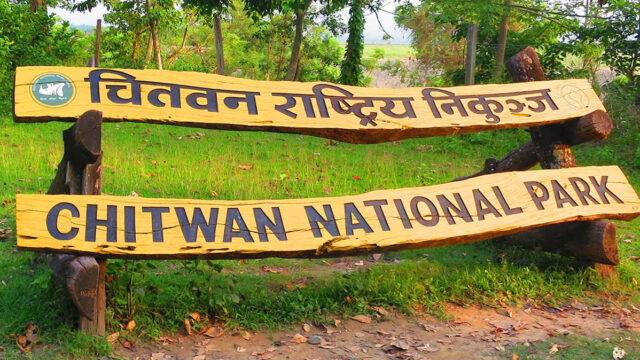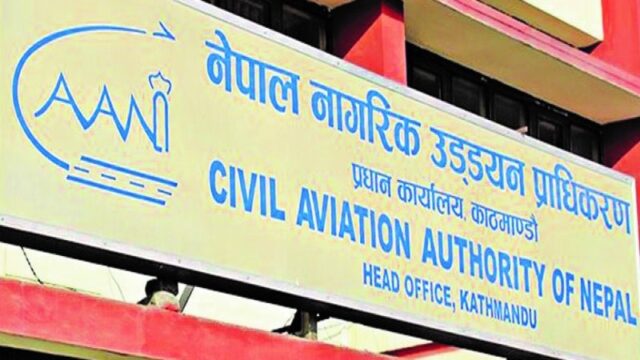The Weather Forecasting Division of the Department of Hydrology and Meteorology has reported the ongoing partial to general influence of monsoon winds across Nepal, resulting in light to heavy rainfall in several parts of the country. As monsoon conditions strengthen, the department has issued advisories for people residing in hilly and mountainous areas to remain cautious of thunderstorms, lightning, and potential landslides.
The Division noted that as of Wednesday, sporadic rainfall is occurring in parts of Koshi, Bagmati, Gandaki, Karnali, and Sudurpaschim provinces, marking the full onset of the monsoon system over the Himalayan region.

Cloudy Skies and Scattered Rain in Hilly Regions
Throughout the day, partial to generally cloudy skies are being observed in the hilly regions, particularly in the central and western parts of the country. The meteorological report forecasts light to moderate rainfall, often accompanied by thunder and lightning, in various parts of Gandaki, Lumbini, Karnali, and Sudurpaschim provinces, as well as sporadic showers in other areas.
With increasing monsoonal moisture, several locations in the mid-hill ranges are experiencing unstable weather, characterized by short bursts of intense rainfall and cloudy skies. These patterns are typical of the active monsoon phase during this time of the year in Nepal.
Extreme Rainfall Predicted in High-Risk Zones
According to the Division, extremely heavy rainfall is likely in one or two hilly areas of Gandaki, Lumbini, Karnali, and Sudurpaschim provinces, along with parts of Koshi and Bagmati. These regions are vulnerable to flash floods, rising river levels, and possible landslides, especially in locations with weak soil structures and steep terrain. The public, especially travelers and residents in rural mountainous areas, have been advised to stay alert for possible natural hazards, as the rain could continue to intensify over the next 24 hours.

Night Forecast: Persistent Rain and Thunderstorms Expected
The Division has also issued a night-time forecast warning of generally cloudy skies throughout the country, with extremely heavy rain expected to continue in some locations of Koshi, Gandaki, Lumbini, and Sudurpaschim provinces. These downpours may increase river discharge levels and disrupt transportation or daily activities in some districts.
“People living near rivers, hill slopes, and landslide-prone areas should be cautious, particularly during the nighttime hours when visibility is low and rainfall intensity may suddenly increase,” the Weather Forecasting Division warned.
High Himalayan and Hilly Regions to Receive Continued Rainfall
Meanwhile, light to moderate rainfall is also predicted in higher elevation areas, including parts of the Himalayan region. These include the upper hill belts of Koshi, Bagmati, and Gandaki, where moisture-laden clouds are expected to persist over the coming days.
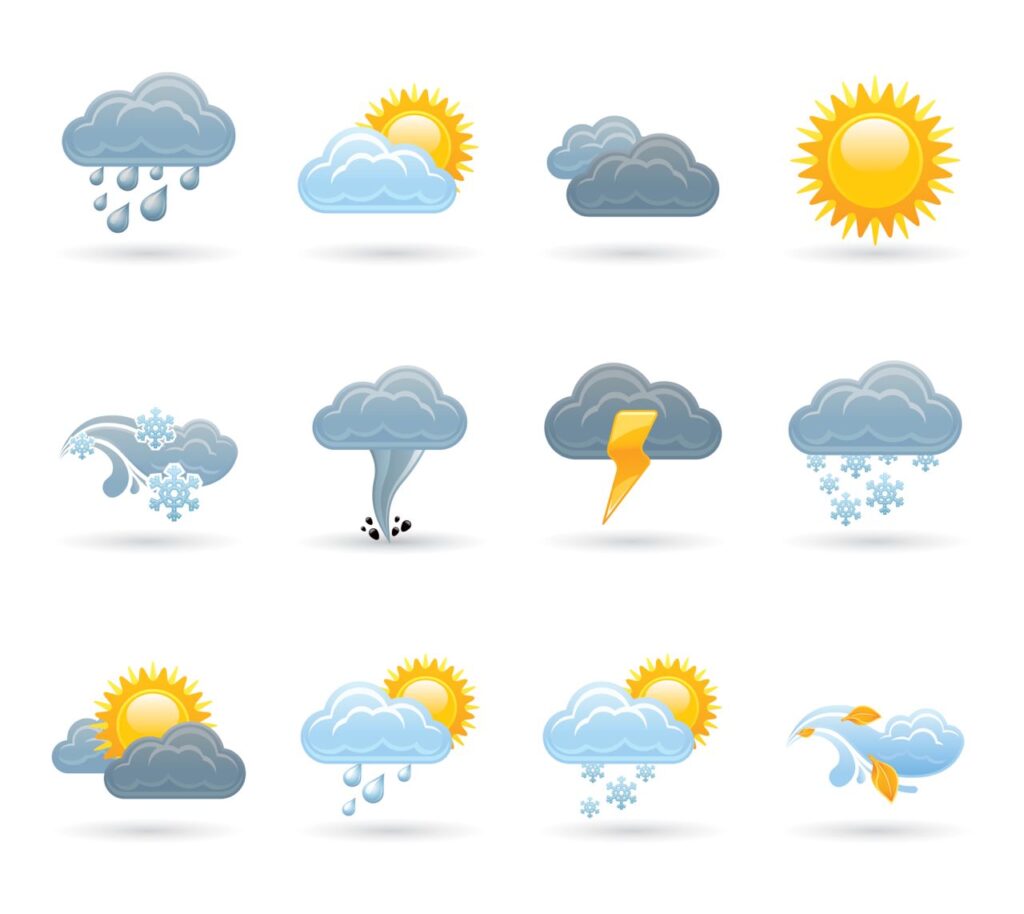
In such regions, low temperatures combined with rain can lead to difficult trekking conditions and slippery trails, prompting mountaineering and tourism stakeholders to issue localized weather advisories to their clients.
Monsoon Patterns Aligned With Seasonal Norms
The current weather activity aligns with Nepal’s typical monsoon cycle, which generally starts in mid-June and lasts until September. The country receives approximately 80% of its annual rainfall during this season, and this year, the onset has been consistent with long-term climatological patterns.
Meteorologists indicate that the current phase shows a mix of localized thunderstorms and monsoon surges, with low-pressure systems over the Bay of Bengal contributing to the increasing moisture in Nepal’s atmosphere.
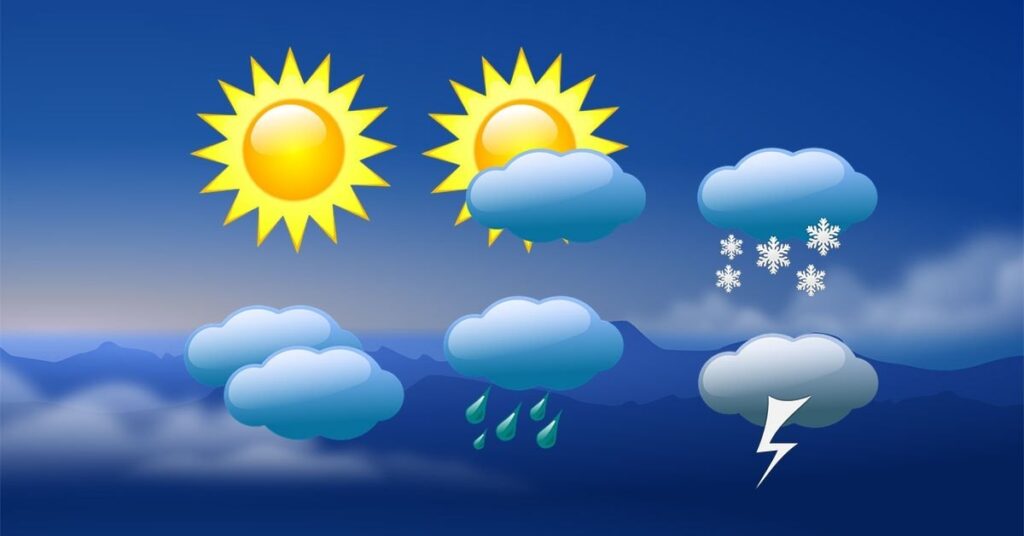
Precautionary Measures Urged for Public Safety
The Department of Hydrology and Meteorology has advised citizens to keep updated with daily weather bulletins, avoid unnecessary travel in hilly and riverbank areas, and take precautionary measures to safeguard life and property.
Local governments have been urged to stay prepared for emergency responses in case of flooding or landslide incidents. Authorities have already begun monitoring vulnerable zones and mobilizing resources for disaster preparedness in high-risk districts. Educational institutions, trekking companies, and transport operators have also been notified to adjust their schedules and planning in accordance with the changing weather patterns.
Heightened Vigilance Required Amid Ongoing Monsoon
As monsoon systems deepen across Nepal, both the public and authorities must maintain heightened vigilance. With extremely heavy rain possible in select hilly regions, the coming days may pose challenges for travel, agriculture, and public safety. While the rains bring relief to farmers and help replenish water sources, they also raise the risk of natural disasters. For updated information, the Department of Hydrology and Meteorology continues to publish hourly and daily forecasts, urging all citizens to stay informed and prioritize safety throughout the monsoon season.
